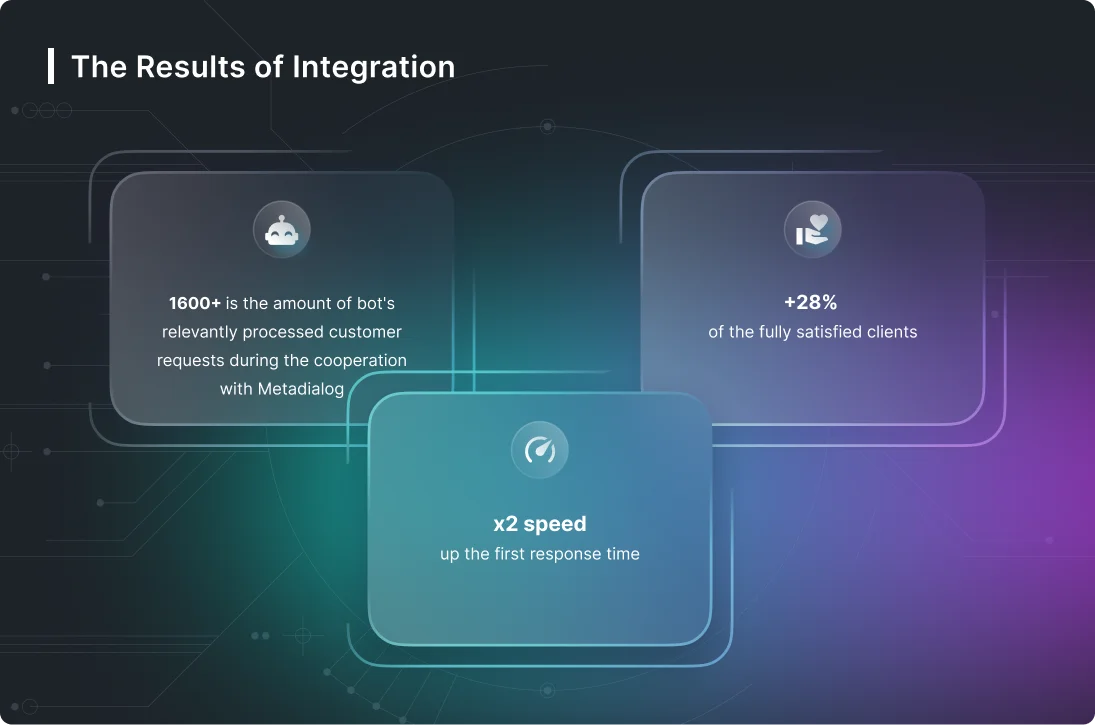NLP vs NLU: Understanding the Difference
Semantic analysis, the core of NLU, involves applying computer algorithms to understand the meaning and interpretation of words and is not yet fully resolved. The collaboration between Natural Language Processing (NLP) and Natural Language Understanding (NLU) is a powerful force in the realm of language processing and artificial intelligence. By working together, NLP and NLU enhance each other’s capabilities, leading to more advanced and comprehensive language-based solutions. Language generation is used for automated content, personalized suggestions, virtual assistants, and more. Systems can improve user experience and communication by using NLP’s language generation. Information retrieval, question-answering systems, sentiment analysis, and text summarization utilise NER-extracted data.
- NLU tasks involve entity recognition, intent recognition, sentiment analysis, and contextual understanding.
- NLP is a subfield of Artificial Intelligence that focuses on the interaction between computers and humans in natural language.
- In machine learning (ML) jargon, the series of steps taken are called data pre-processing.
- Much more complex endeavors might be fully comprehending news articles or shades of meaning within poetry or novels.
- They both attempt to make sense of unstructured data, like language, as opposed to structured data like statistics, actions, etc.
Think of the classical example of a meaningless yet grammatical sentence “colorless green ideas sleep furiously”. Even more, in the real life, meaningful sentences often contain minor errors and can be classified as ungrammatical. Human interaction allows for errors in the produced text and speech compensating them by excellent pattern recognition and drawing additional information from the context.
Sentence Completion
In the age of conversational commerce, such a task is done by sales chatbots that understand user intent and help customers to discover a suitable product for them via natural language (see Figure 6). Data pre-processing aims to divide the natural language content into smaller, simpler sections. ML algorithms can then examine these to discover relationships, connections, and context between these smaller sections. NLP links Paris to France, Arkansas, and Paris Hilton, as well as France to France and the French national football team. Thus, NLP models can conclude that “Paris is the capital of France” sentence refers to Paris in France rather than Paris Hilton or Paris, Arkansas.
While NLU focuses on interpreting human language, NLG takes structured and unstructured data and generates human-like language in response. NLP is a subfield of Artificial Intelligence that focuses on the interaction between computers and humans in natural language. It involves techniques for analyzing, understanding, and generating human language. NLP enables machines to read, understand, and respond to natural language input.
Definition & principles of natural language processing (NLP)
NLU skills are necessary, though, if users’ sentiments vary significantly or if AI models are exposed to explaining the same concept in a variety of ways. However, NLU lets computers understand “emotions” and “real meanings” of the sentences. For those interested, here is our benchmarking on the top sentiment analysis tools in the market. Improvements in computing and machine learning have increased the power and capabilities of NLU over the past decade.
Microsoft AI Introduce DeBERTa-V3: A Novel Pre-Training Paradigm for Language Models Based on the Combination of DeBERTa and ELECTRA – MarkTechPost
Microsoft AI Introduce DeBERTa-V3: A Novel Pre-Training Paradigm for Language Models Based on the Combination of DeBERTa and ELECTRA.
Posted: Thu, 23 Mar 2023 07:00:00 GMT [source]
Two fundamental concepts of NLU are intent recognition and entity recognition. NLU and NLP work together in synergy, with NLU providing the foundation for understanding language and NLP complementing it by offering capabilities like translation, summarization, and text generation. Harness the power of artificial intelligence and unlock new possibilities for growth and innovation. Our AI development services can help you build cutting-edge solutions tailored to your unique needs.
A key difference between NLP and NLU: Syntax and semantics
It helps extract relevant information and understand the relationships between different entities. To explore the exciting possibilities of AI and Machine Learning based on language, it’s important to grasp the basics of Natural Language Processing (NLP). It’s like taking the first step into a whole new world of language-based technology. Furthermore, based on specific use cases, we will investigate the scenarios in which favoring one skill over the other becomes more profitable for organizations. This research will provide you with the insights you need to determine which AI solutions are most suited to your organization’s specific needs.
NLP deals with language structure, and NLU deals with the meaning of language. It also helps in eliminating any ambiguity or confusion from the conversation. The more data you have, the better your model will be able to predict what a user might say next based on what they’ve said before. This will help improve the readability of content by reducing the number of grammatical errors. NLU recognizes and categorizes entities mentioned in the text, such as people, places, organizations, dates, and more.
They could use the wrong words, write sentences that don’t make sense, or misspell or mispronounce words. NLP can study language and speech to do many things, but it can’t always understand what someone intends to say. NLU enables computers to understand what someone meant, even if they didn’t say it perfectly. Together, NLU and natural language generation enable NLP to function effectively, providing a comprehensive language processing solution.

Natural Language Understanding in AI aims to understand the context in which language is used. It considers the surrounding words, phrases, and sentences to derive meaning and interpret the intended message. Customer feedback, brand monitoring, market research, and social media analytics use sentiment analysis.
Semantic Analysis v/s Syntactic Analysis in NLP
According to various industry estimates only about 20% of data collected is structured data. The remaining 80% is unstructured data—the majority of which is unstructured text data that’s unusable for traditional methods. Just think of all the online text you consume daily, social media, news, research, product websites, and more.
- For example, if someone says, “I went to school today,” then the entity would likely be “school” since it’s the only thing that could have gone anywhere.
- The combination of NLP and NLU has revolutionized various applications, such as chatbots, voice assistants, sentiment analysis systems, and automated language translation.
- Its text analytics service offers insight into categories, concepts, entities, keywords, relationships, sentiment, and syntax from your textual data to help you respond to user needs quickly and efficiently.
- NLP involves the processing of large amounts of natural language data, including tasks like tokenization, part-of-speech tagging, and syntactic parsing.
- These techniques have been shown to greatly improve the accuracy of NLP tasks, such as sentiment analysis, machine translation, and speech recognition.
Its main aim is to develop algorithms and techniques that empower machines to process and manipulate textual or spoken language in a useful way. As such, it deals with lower-level tasks such as tokenization and POS tagging. As can be seen by its tasks, NLU is the integral part of natural language processing, nlp vs nlu the part that is responsible for human-like understanding of the meaning rendered by a certain text. One of the biggest differences from NLP is that NLU goes beyond understanding words as it tries to interpret meaning dealing with common human errors like mispronunciations or transposed letters or words.
Distinguishing between NLP and NLU is essential for researchers and developers to create appropriate AI solutions for business automation tasks. Voice assistants equipped with these technologies can interpret voice commands and provide accurate and relevant responses. Sentiment analysis systems benefit from NLU’s ability to extract emotions and sentiments expressed in text, leading to more accurate sentiment classification. By harnessing advanced algorithms, NLG systems transform data into coherent and contextually relevant text or speech. These algorithms consider factors such as grammar, syntax, and style to produce language that resembles human-generated content.
Integrating both technologies allows AI systems to process and understand natural language more accurately. However, the full potential of NLP cannot be realized without the support of NLU. And so, understanding NLU is the second step toward enhancing the accuracy and efficiency of your speech recognition and language translation systems. Technology continues to advance and contribute to various domains, enhancing human-computer interaction and enabling machines to comprehend and process language inputs more effectively. Integrating NLP and NLU with other AI domains, such as machine learning and computer vision, opens doors for advanced language translation, text summarization, and question-answering systems. NLU plays a crucial role in dialogue management systems, where it understands and interprets user input, allowing the system to generate appropriate responses or take relevant actions.

While each technology has its own unique set of applications and use cases, the lines between them are becoming increasingly blurred as they continue to evolve and converge. With the advancements in machine learning, deep learning, and neural networks, we can expect to see even more powerful and accurate NLP, NLU, and NLG applications in the future. People can express the same idea in different ways, but sometimes they make mistakes when speaking or writing.
Enhancing DLP With Natural Language Understanding for Better Email Security – Enhancing DLP With Natural … – Dark Reading
Enhancing DLP With Natural Language Understanding for Better Email Security – Enhancing DLP With Natural ….
Posted: Wed, 16 Mar 2022 07:00:00 GMT [source]
The two most common approaches are machine learning and symbolic or knowledge-based AI, but organizations are increasingly using a hybrid approach to take advantage of the best capabilities that each has to offer. Ecommerce websites rely heavily on sentiment analysis of the reviews and feedback from the users—was a review positive, negative, or neutral? Here, they need to know what was said and they also need to understand what was meant. That means there are no set keywords at set positions when providing an input. Contact us today to learn how Lucidworks can help your team create powerful search and discovery applications for your customers and employees.